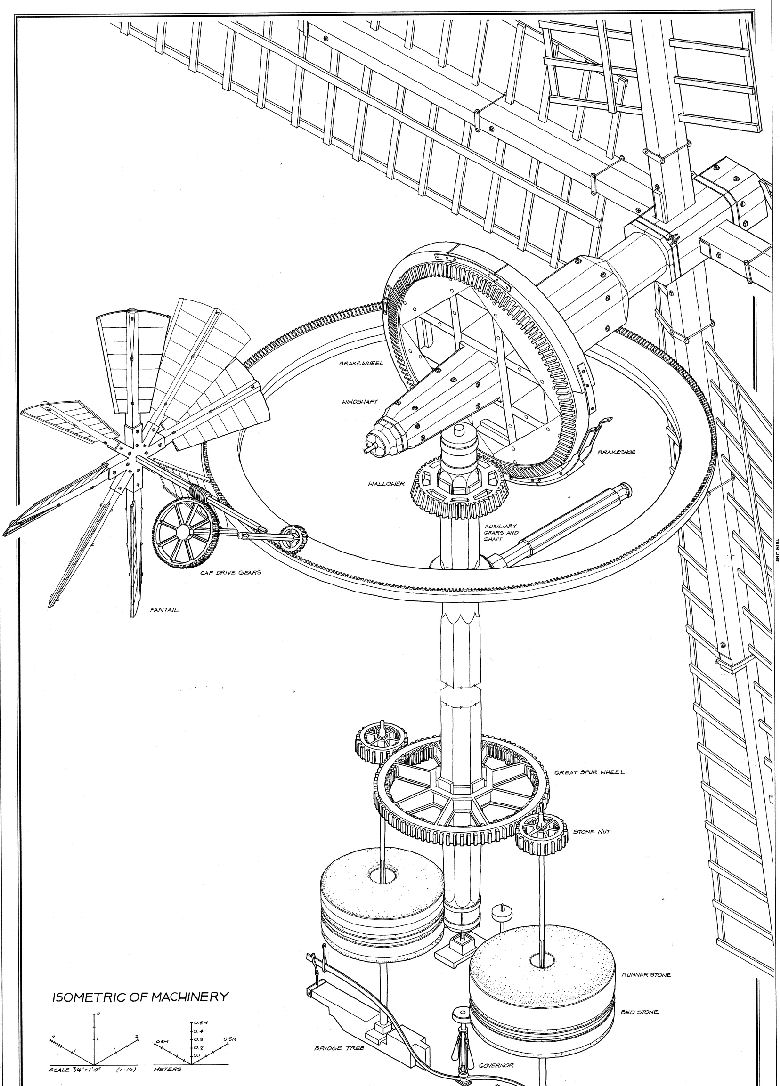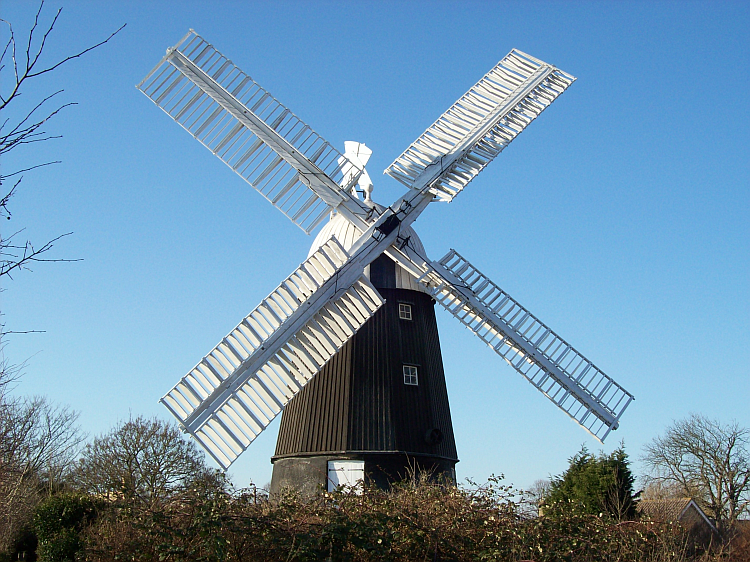352.HOW DOES A WINDMILL WORK?
No one knows where or by whom the windmill was invented. A boat can sail at right angles to the wind by slanting its sail slightly. In the same way, the “fan” or “sail” of a windmill can be driven around in a circle even when placed at right angles to the wind. The windmill is like a huge propeller, with the source of power that turns it coming from the wind instead of a machine.
The first windmills were used in Holland about 800 years ago to drain the flat fields of water. At one time windmills were common in all the flat countries near Holland. The chief use of a mill as we know it is to grind grain. In most countries mills are placed near running streams, a mill dam is built, and the water turns the mill.
But in the flat countries the streams are too sluggish to be used in this way. So windmills are built to grind the grain. In Germany there are mills in which the whole tower can be turned to face the wind as it changes. But in Holland only the roof of the windmill is revolved.
This is done by a small windmill, which is located on the other side of the roof from the big windmill and at right angles to it. When it begins to work, it turns a mechanism which sets the roof moving on little wheels and soon the big windmill is facing the wind.
The fans of a windmill are usually made of wood over which canvas has been stretched. Ropes are attached to the fans so that they can be adjusted if the wind is too strong. The fans are often 12 meters long!
Windmills of an improved type are still used in the United States and Australia. Windmills in the United States are made almost entirely of galvanized sheet steel. Each has a rudder which swings the wheel around on a pivot to catch the wind from every direction. Windmills are especially common in parts of California and in some dry regions of the West. They serve as a cheap source of power for pumping water from wells to irrigate fields, or to water cattle in pastures.




Leave a Reply